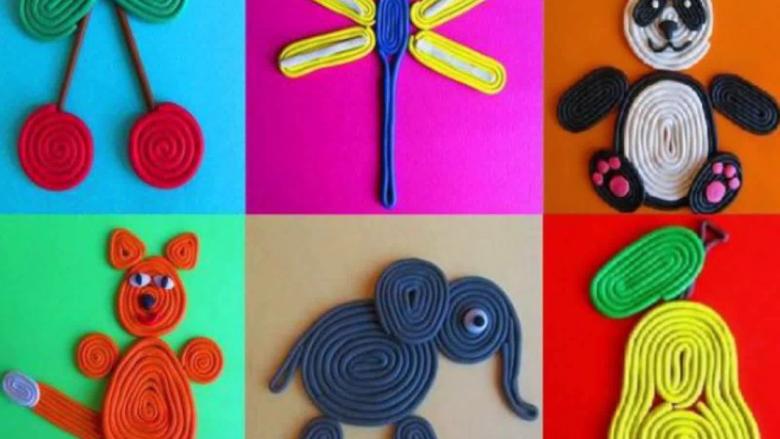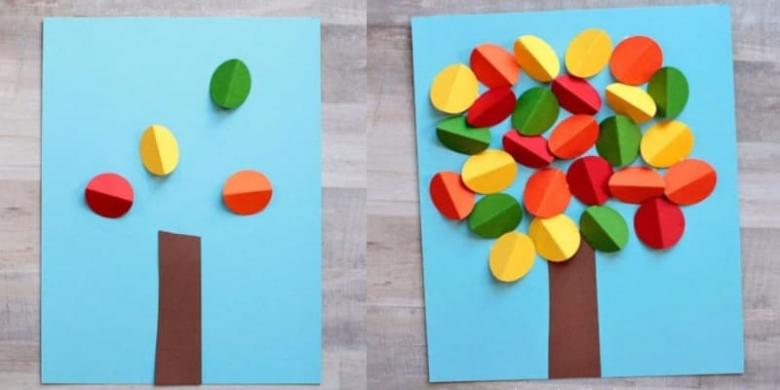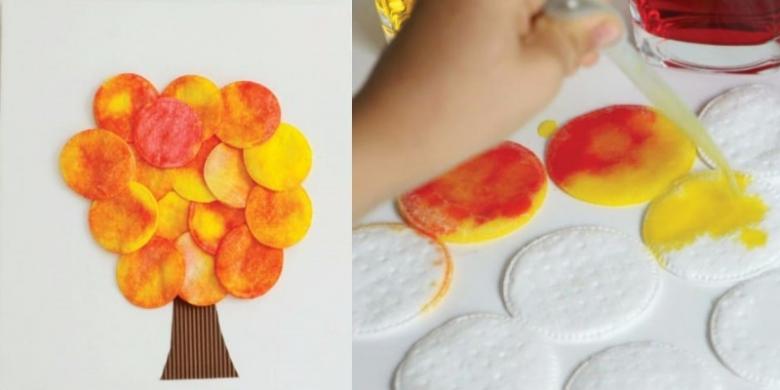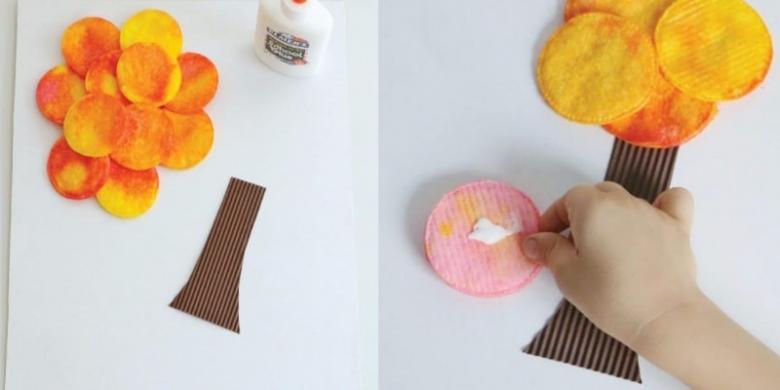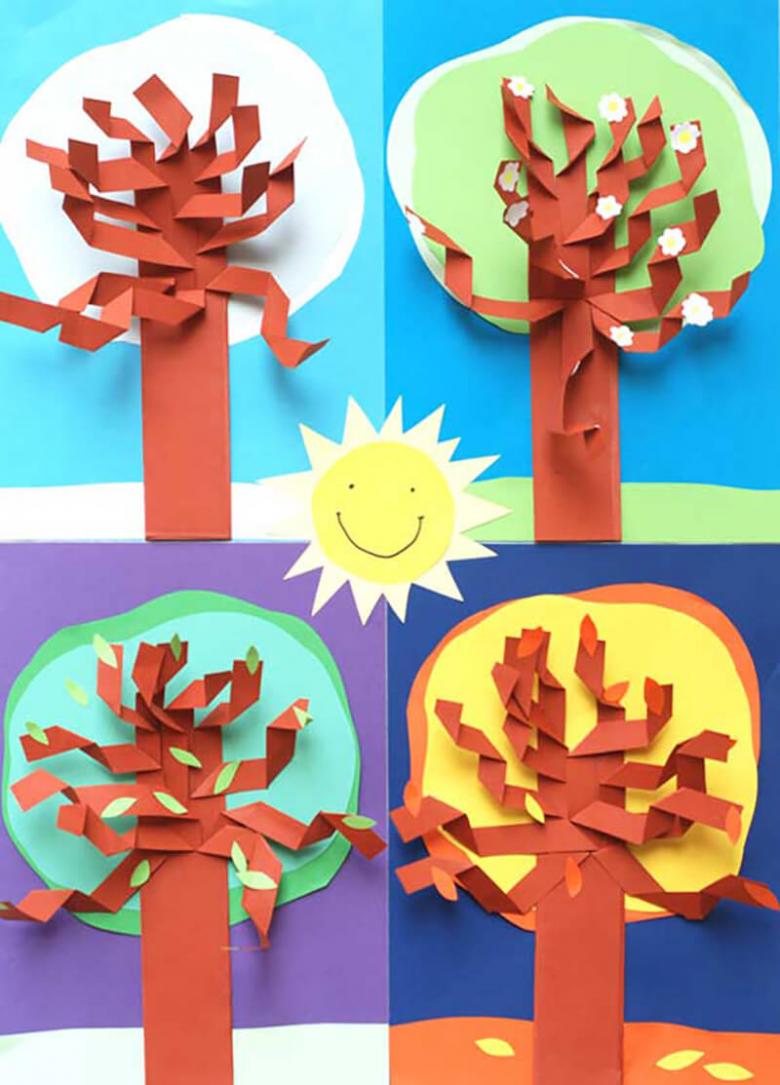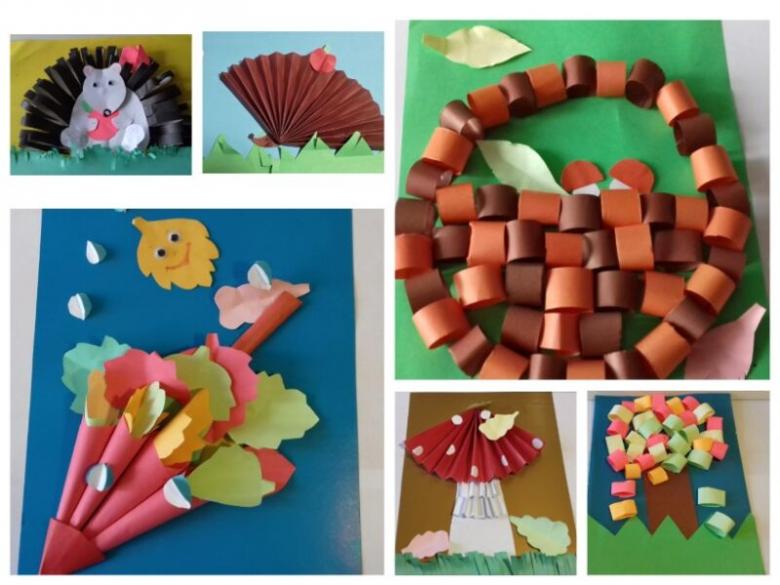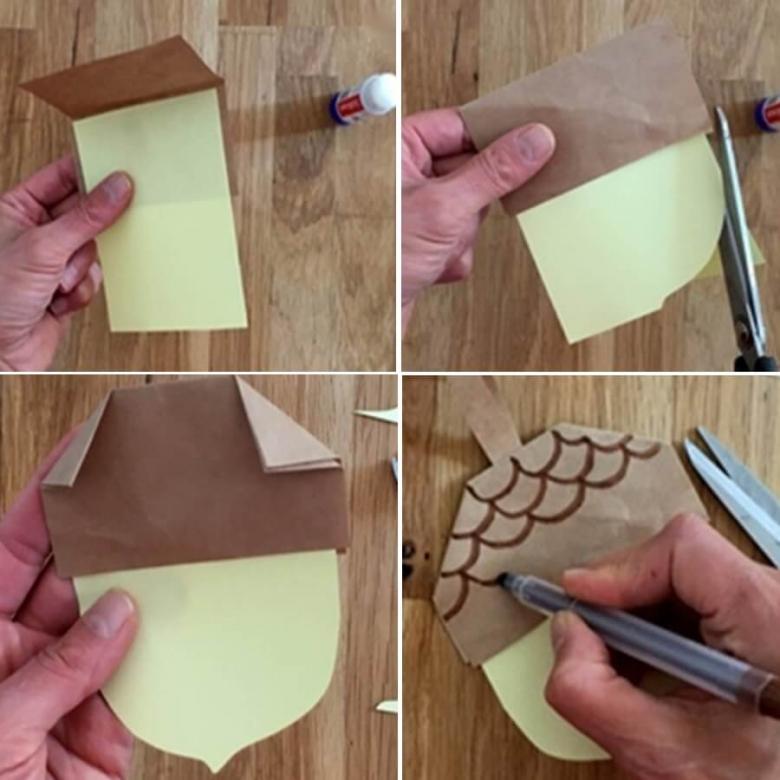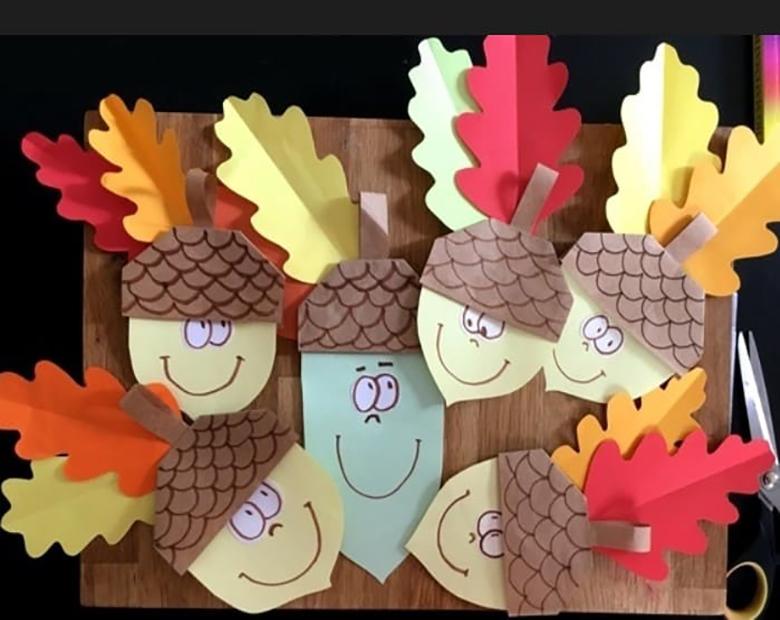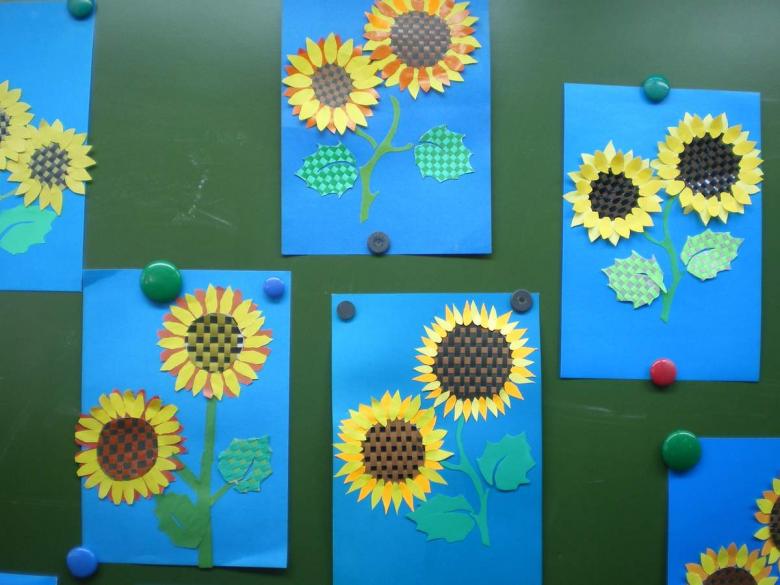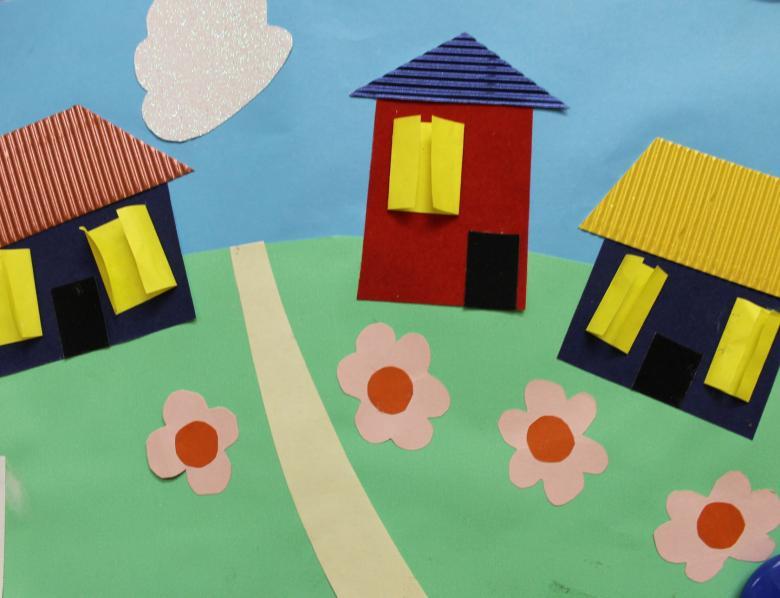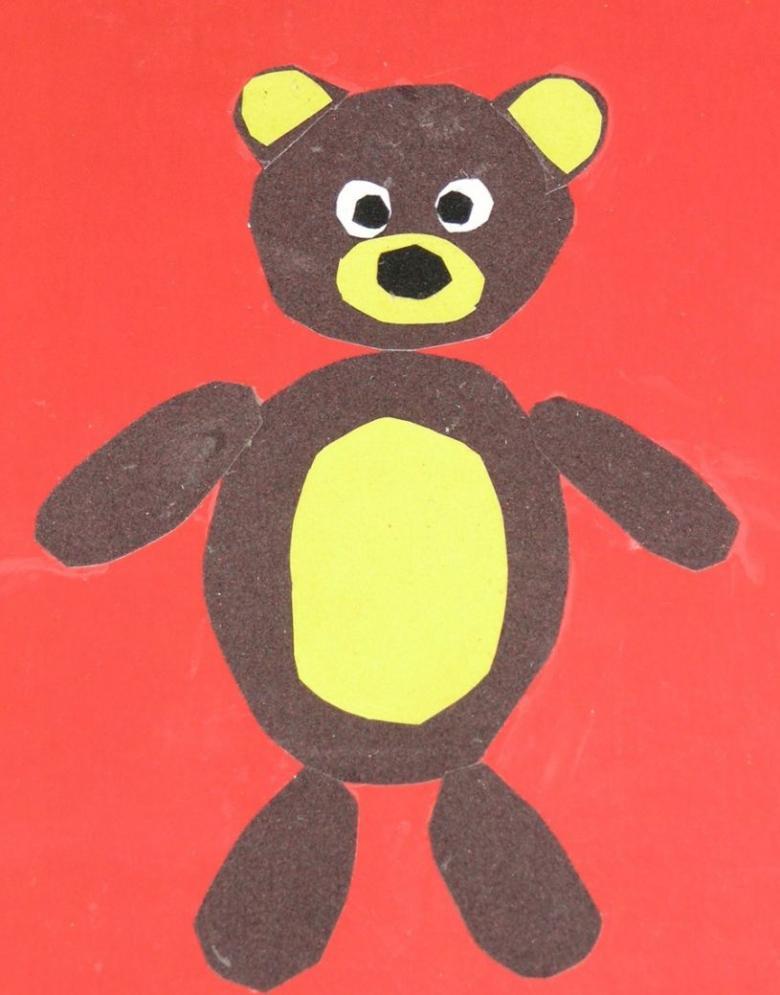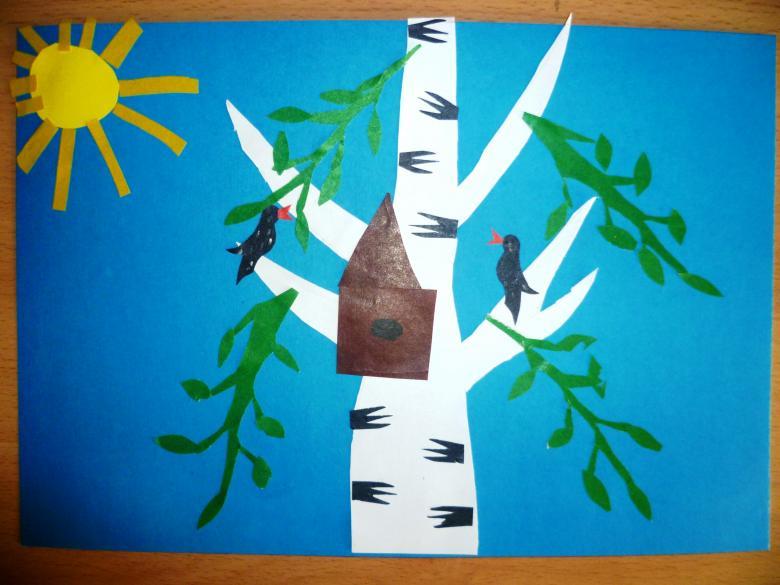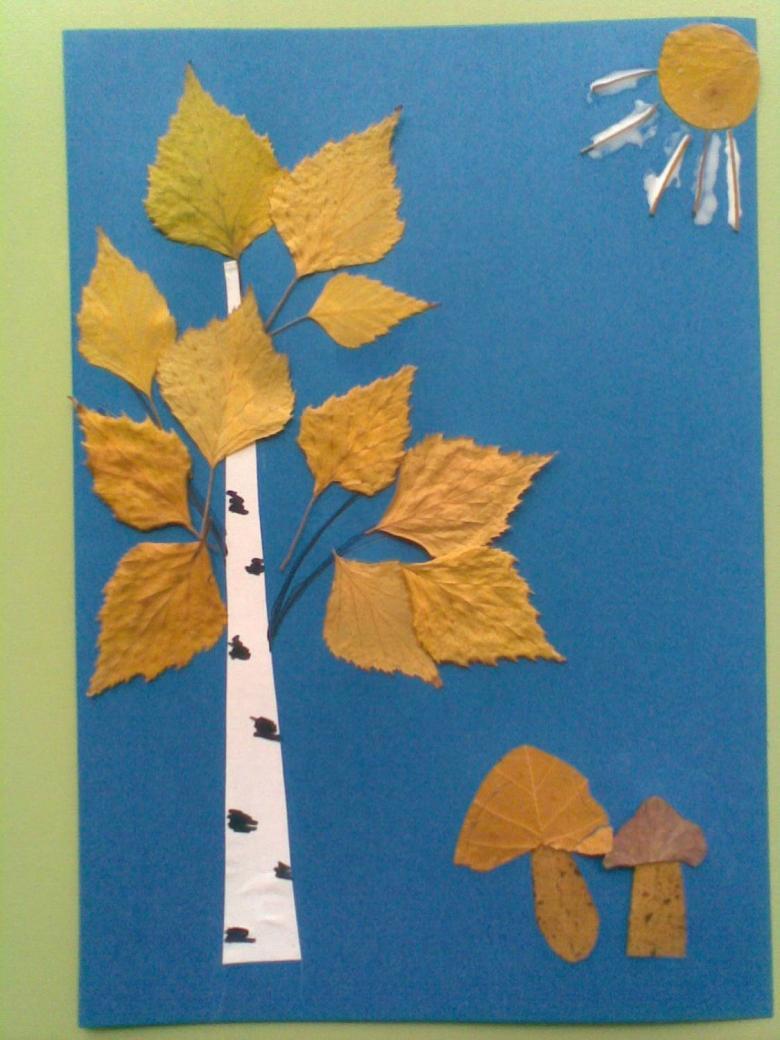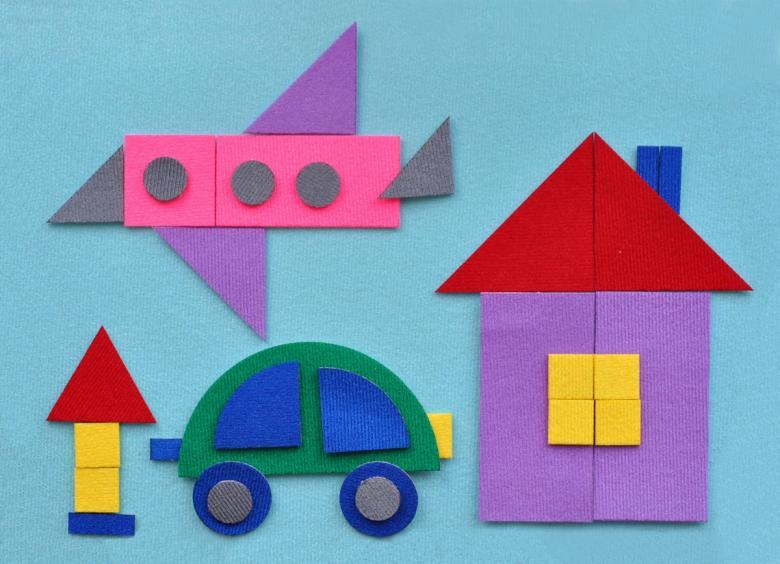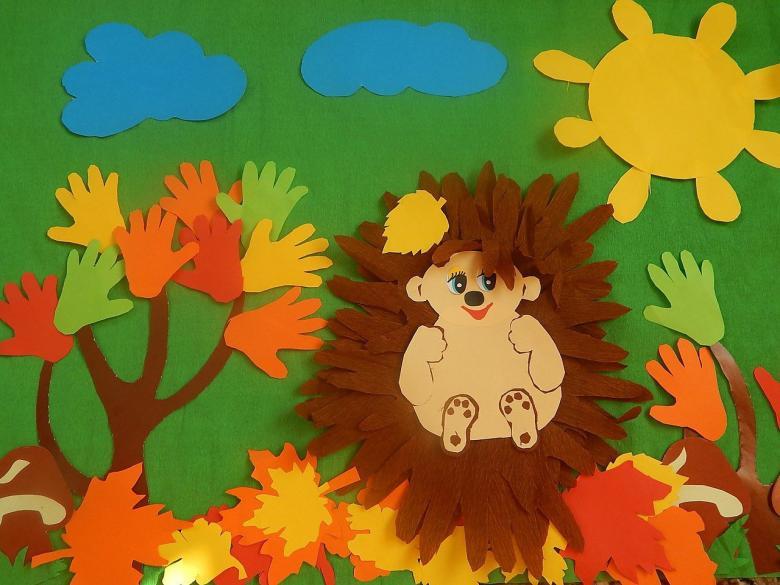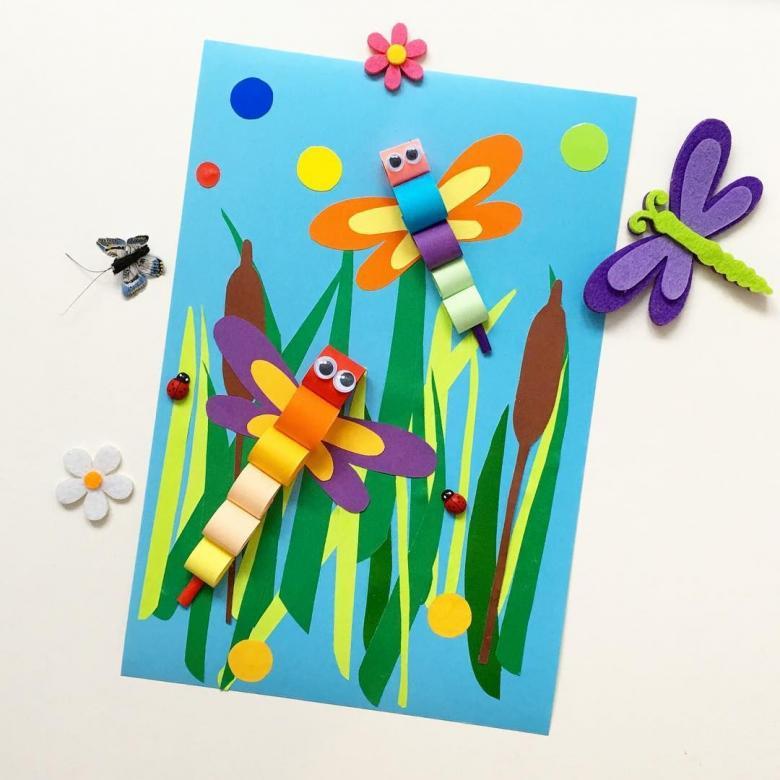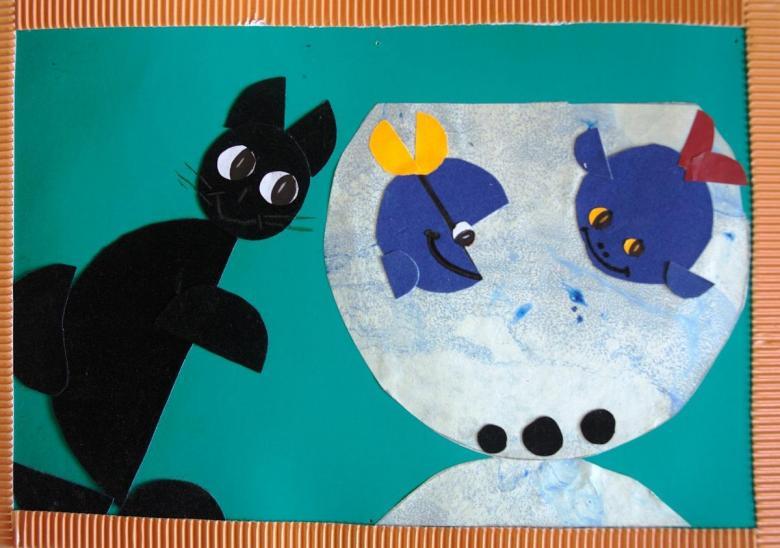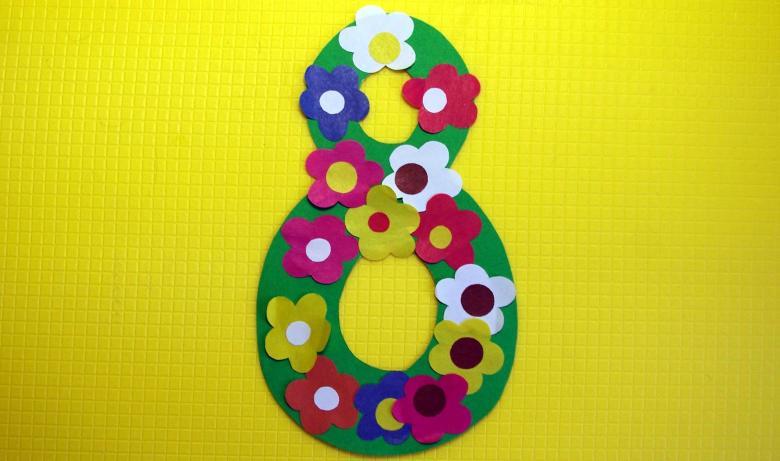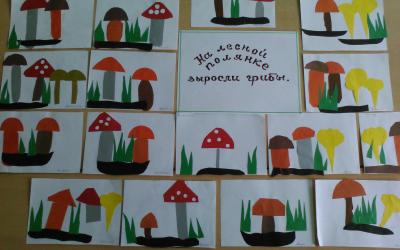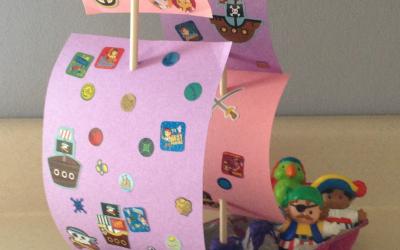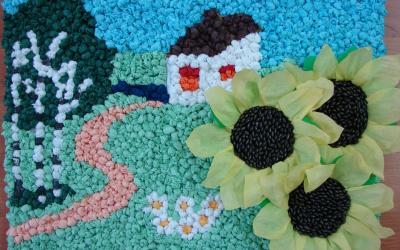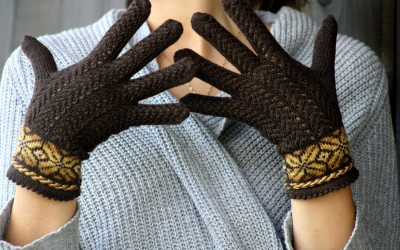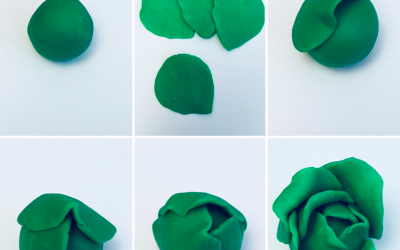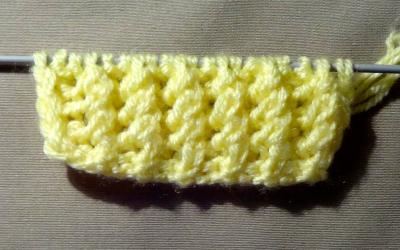Applique for 1, 2, 3, 4 class: easy workshops for school-age children
"Applique ... what is it?" - one day a child asks the question. Every question requires an answer, especially if a little inquisitive creature asks. In order for the explanation to be understandable and arouse interest in an inquisitive mind, the adult must figure out the question himself.
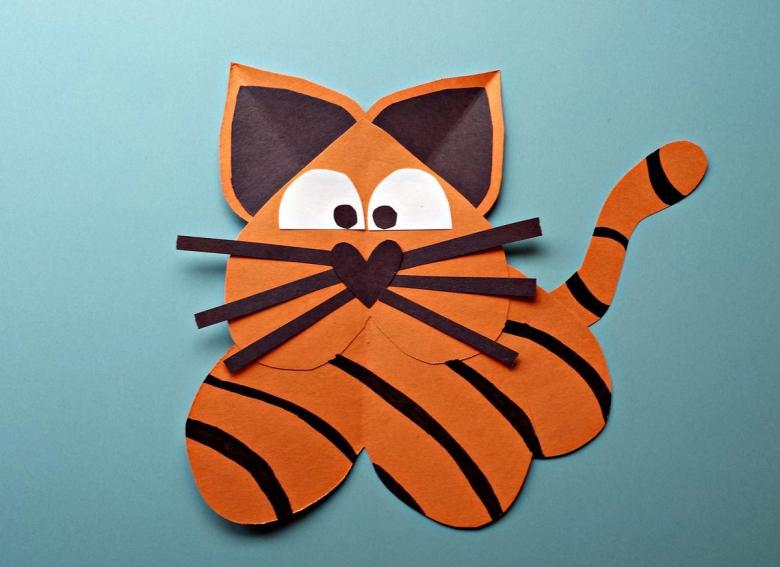
Applique - what is it?
Appliqué is a type of arts and crafts, the principle of which lies in the technique of cutting, imposing and attaching parts to the base. The name comes from the word applicatio, which in Latin means "application".
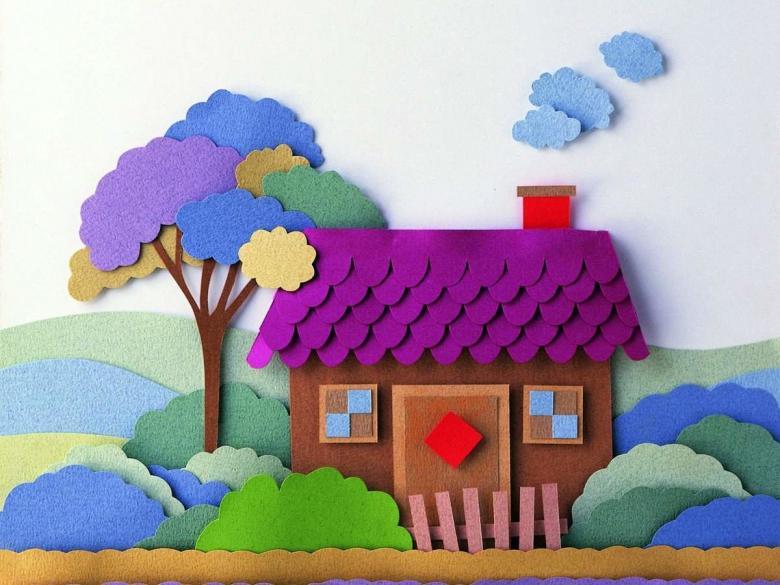
Creating images by applique is the most ancient technique of decorating objects of everyday life of different peoples, which is still used today. Gluing or stitching on the selected background of figures cut out of various materials, you can get not just a picture, panel or postcard, but also a real masterpiece.
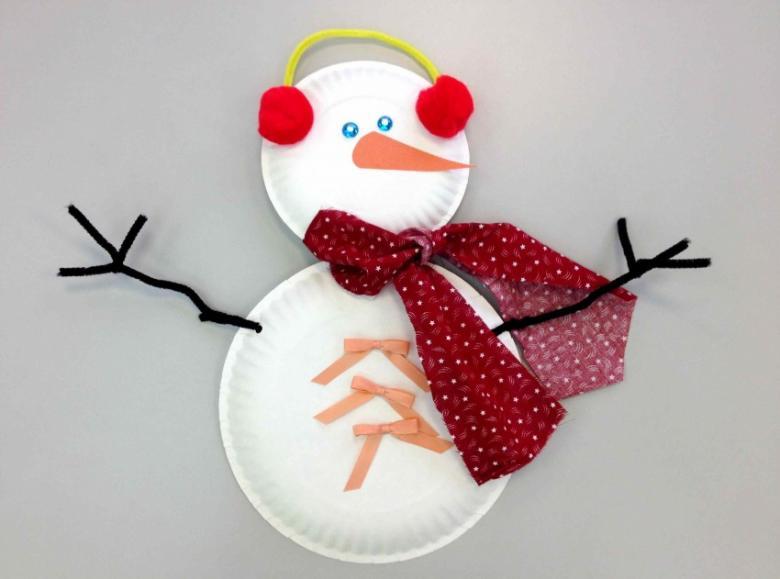
Classification of applique techniques
Because this type of images is distinguished by silhouette, color distribution and expressiveness, it is possible to create pictures using different techniques. Applique techniques are defined by:
color scheme:
- monochrome,
- black and white,
- multi-colored;
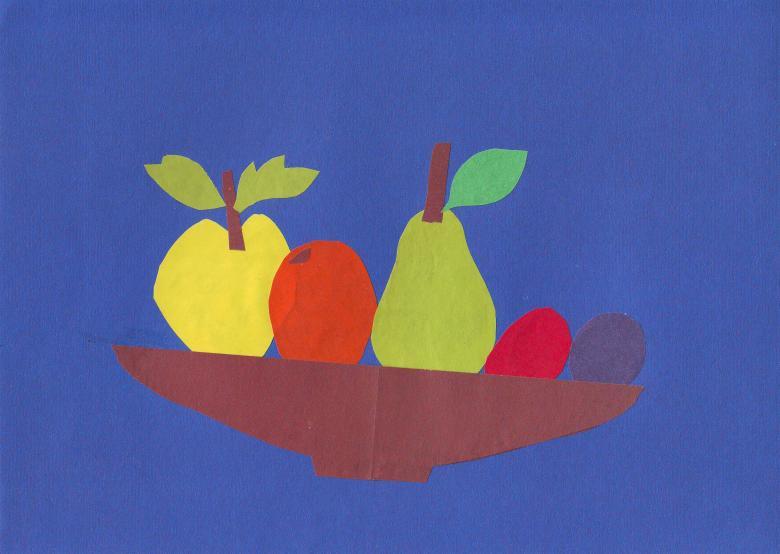
shape:
- flat - elements cut from flat material are attached to the base;
- volumetric (convex) - elements of the surface layer have a volumetric shape, for example, lumps of absorbent cotton;

theme:
- subject - individual objects are depicted;
- plot - a semantic representation of the action, plot, event;
- decorative - patterns, ornaments, as elements of decoration.
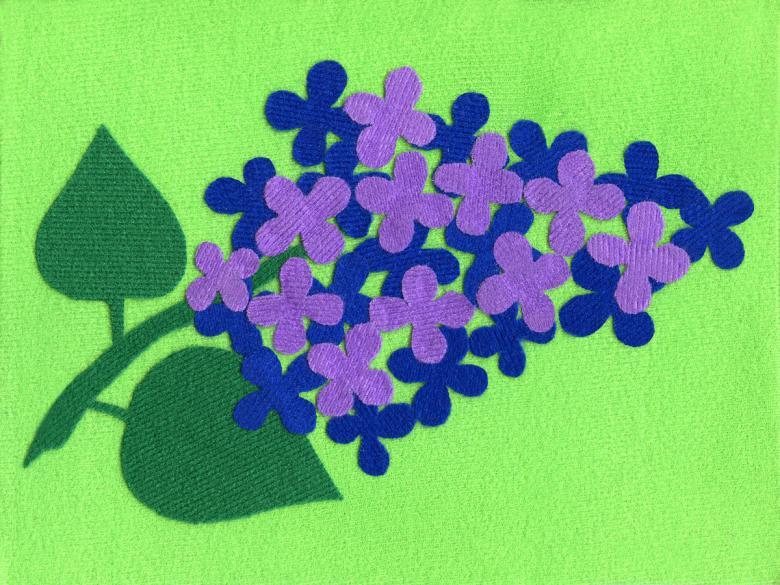
Materials for making applications
When it comes to applications, people imagine a picture from pieces of colored paper. However, it is possible to create from the most diverse in shape and texture samples:
- fur and leather, both natural and artificial;
- Paper of any density of colored and solid colors;
- Cord and fabric (silk, cotton, velvet);
- morocco and felt;
- beads;
- plasticine;
- straw;
- eggshells;
- tree bark, dried leaves and plants;
- cereals and seeds.
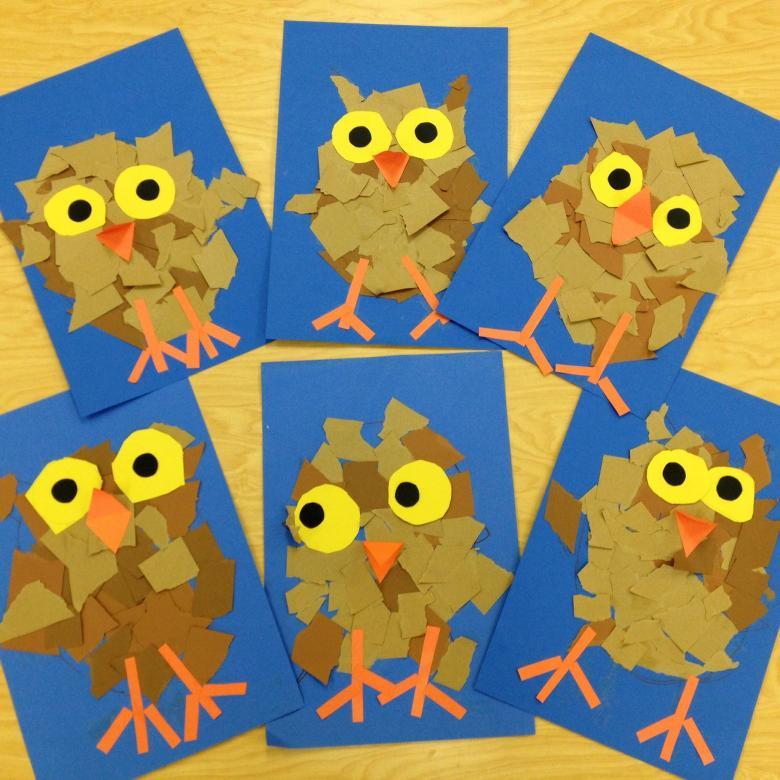
Necessary tools
To create images in the technique of applique you will need an accessible set of tools.
- Glue pencil and liquid (glue), a container for glue.
- A simple pencil and colored pencils, an eraser, and a pen.
- Glue brushes, stand and cup for glue.
- Paper or oilcloth to work with glue.
- Small scissors, preferably with rounded ends, a box cutter.
- Boxes in which to put the prepared parts and scraps.
- Cloth napkins: wet and dry.
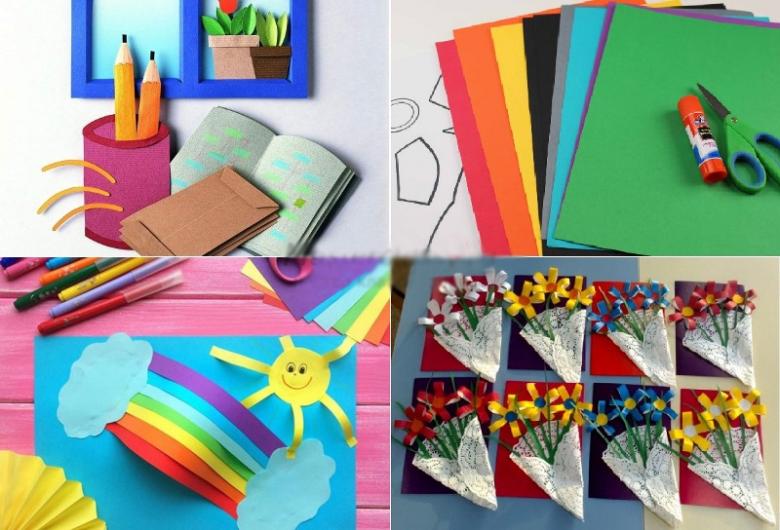
The sequence of execution of the applique
- First, the plot is chosen.
- A sketch is made.
- The basis is selected and prepared.
- Prepare (cut out) the elements from which to make an application.
- Parts are placed on the background (basis).
- Glued.
- Are dried.
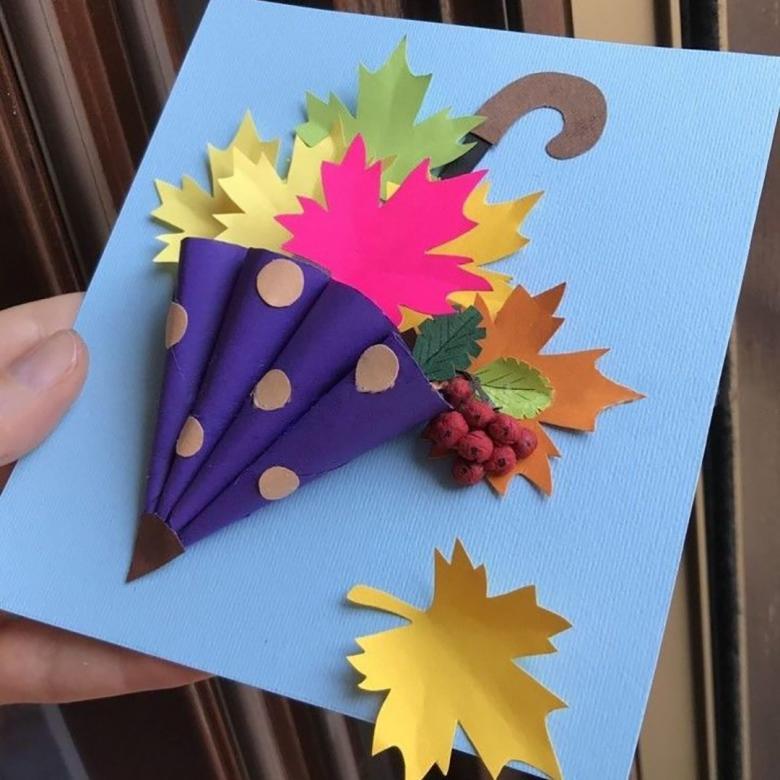
A set of tools and supplies are simple. The material for execution can be found in every home - scraps of fabric, scraps of leather. Leaves or bark can be collected in advance during a walk with a child, then prepared. Paper, beads and plasticine are available.
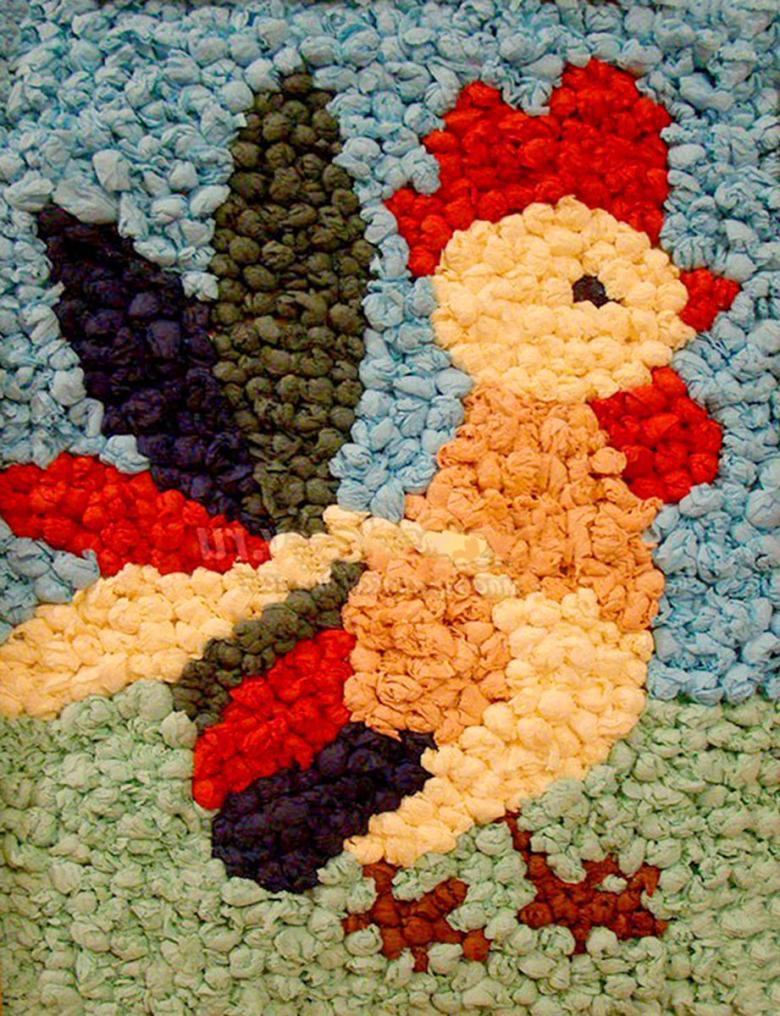
However, some parents do not often set aside time to make applications with children. Perhaps consider it a bothersome activity, to do drawing is easier. And quite in vain, because the benefits of such activities are great.
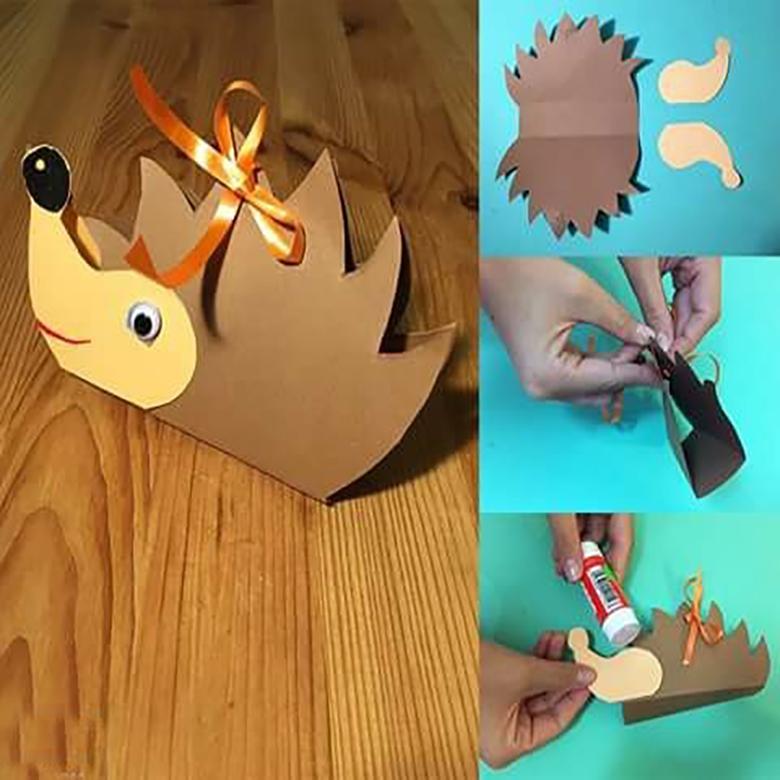
Making pictures with children
Making pictures of the pieces - an interesting and developing activity for children. Applique stimulates the imagination, kids learn not only to see the beauty of the world, but also to create it with their own hands.

Working with small parts and the process of cutting trains and develops tactile sensations and fine motor skills. Working on their masterpieces, little artists learn to think constructively, memorize colors, and discern shapes.
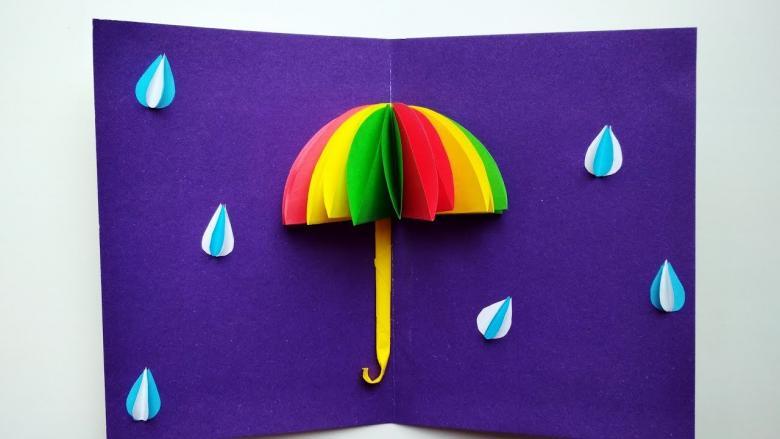
Dads and moms who help their children create their first creations probably have no idea that they are taking part in shaping their aesthetic taste and discovering the creative talents of their future artists. Making images broadens children's horizons, develops accuracy, perseverance, patience and diligence, forms the worldview.
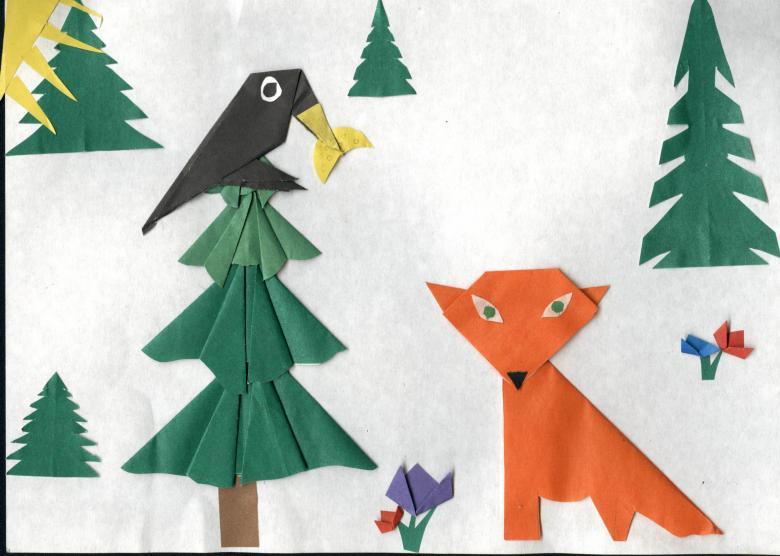
That is why application lessons are conducted in preschools and introduced in the school curriculum. The work of teachers is aimed at the rational and harmonious development of children of different ages.
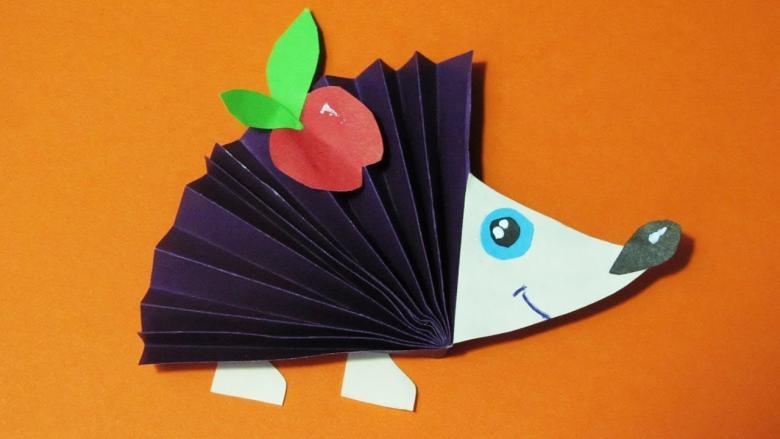
Principle of preparation for lessons
The lesson plan for creating applications is formed taking into account:
- children's age;
- the level of development of thinking processes;
- the level of already acquired skills.
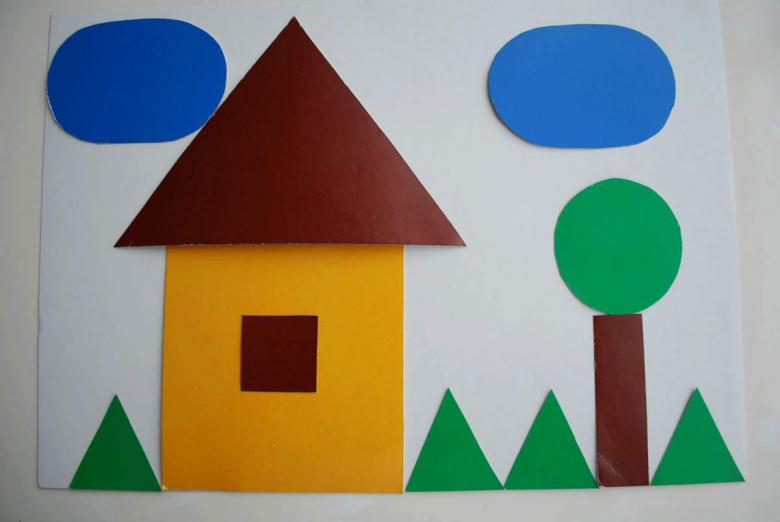
Each age group needs certain peculiarities of the organization of training. The work with preschool children is of an introductory nature; boys and girls study objects and simple techniques for their use. Classes with older children, elementary school students, require a different approach.

Classes with applique in the 1st grade
At this age, children find it difficult to concentrate, can be distracted by any little thing. Therefore, the task of the teacher is to seize the initiative and switch the attention of students to create a handicraft. Teaching little pranksters to expand their horizons, develop and think is desirable in a relaxed form.
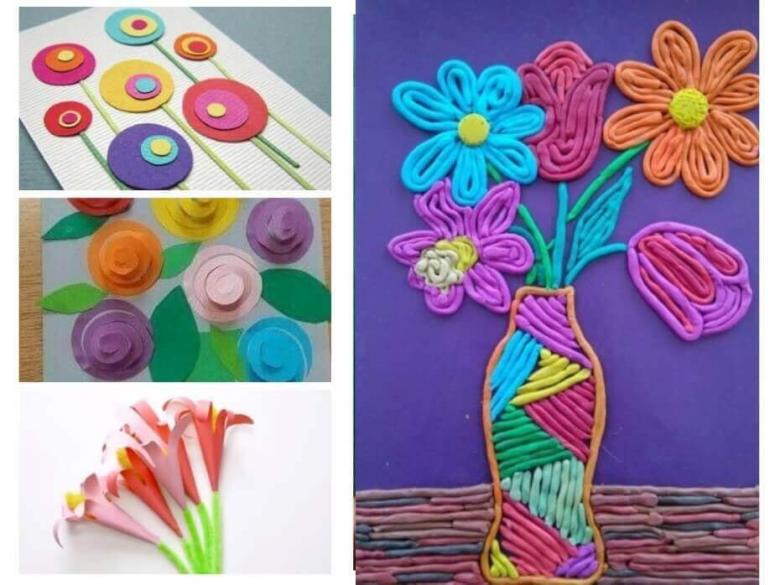
This can be a fun game in the process of which is given and learned useful material is much easier. Studying the topic of animals, for example, you can prepare with children application of paper with pictures of animals. For children in grade 1 to cut out the figures will be doubly interesting and informative.
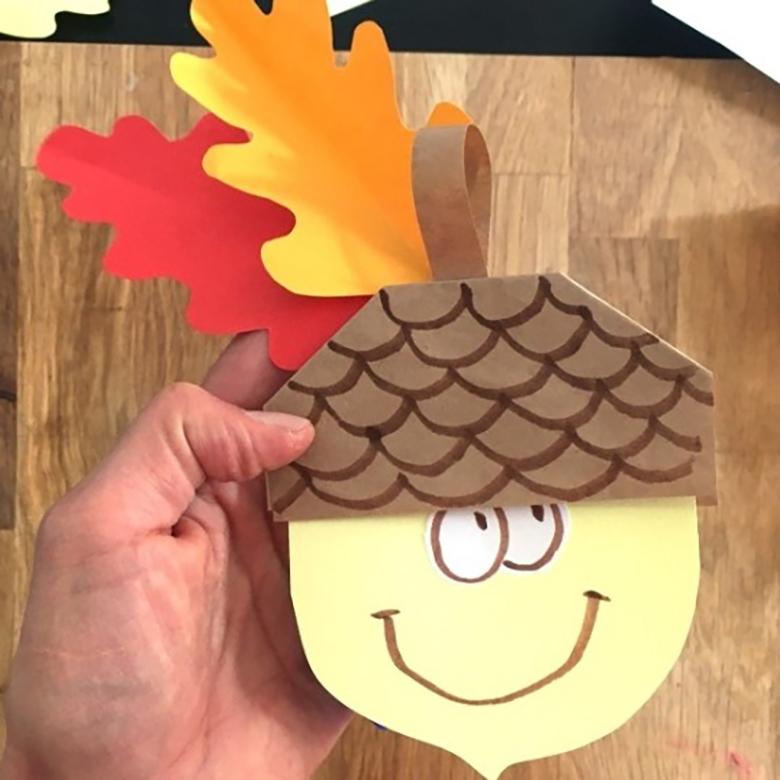
You can interest the students by arranging a contest or competition, assigning each of them to create a picture depicting an animal and tell about it, thus developing not only the artistic technique, but also the production of speech.
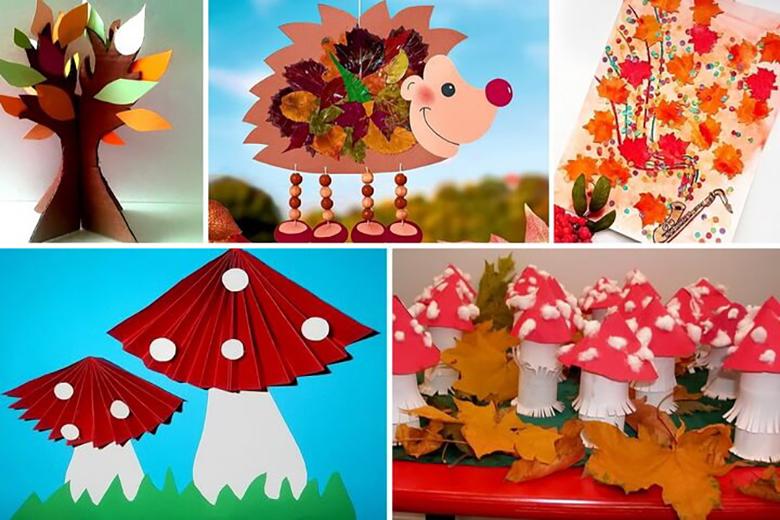
Choose a theme for the crafts should take into account the children's interests. Kids will certainly like depicting the stories of fairy tales, comic book and cartoon characters.
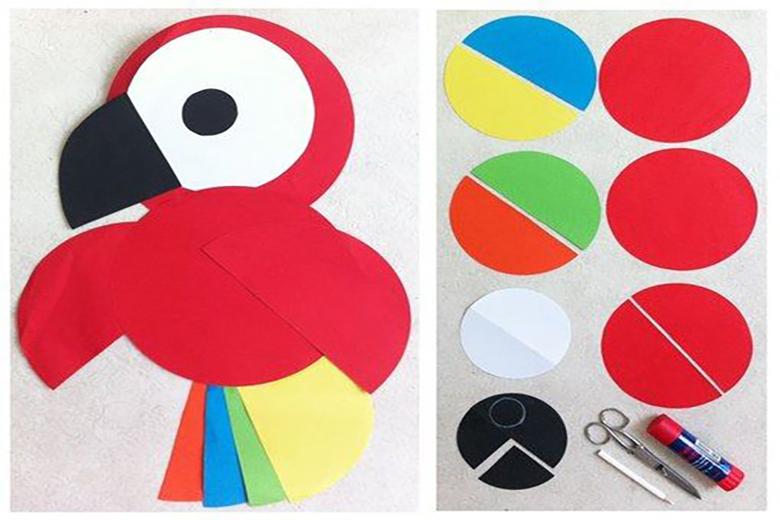
Classes with applique in 2nd grade
At this stage of learning, the tasks become more complicated. Creating pictures requires an intellectual approach, the acquired skills are deepened, new techniques, materials are mastered and experience is developed.
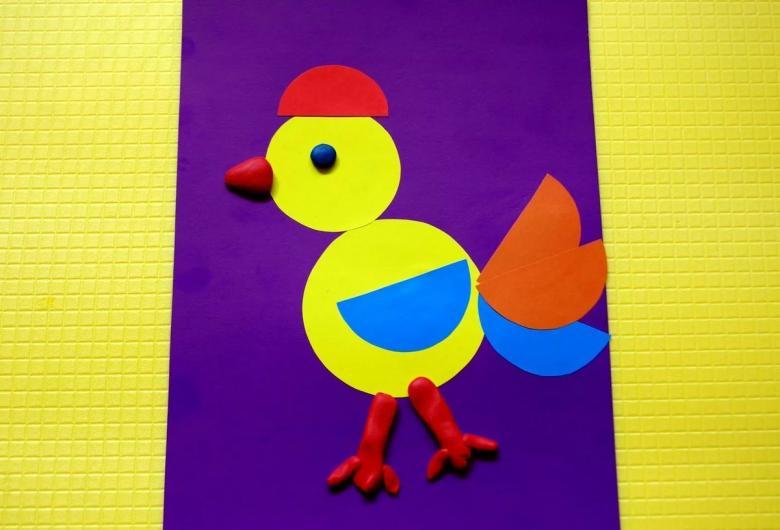
During the year, students become accustomed to school, teachers, and classmates and feel more at ease. Meeting first graders in the school corridors, they are proud to realize that they have grown up. So the attitude towards the handicrafts of paper becomes familiar. Elementary school children can be offered to make a collage of cotton disks. The use of new material stimulates the desire to make, and to see the result.

During this period, children's development is directed toward independent work. It is important that the tomboys themselves begin to read, train their memory, learn to keep an outline and try to create pictures.
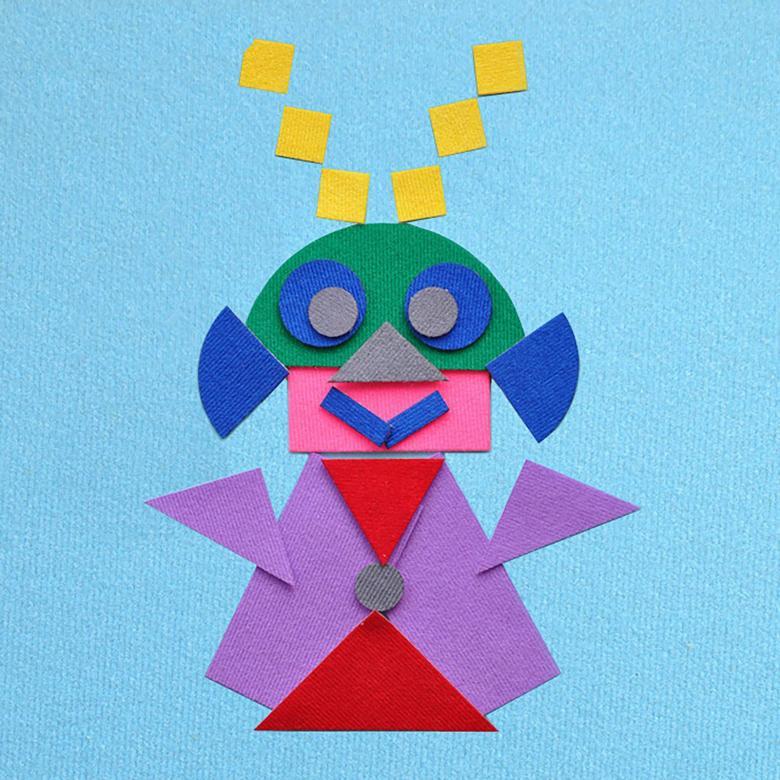
Applique Classes in the 3rd Grade.
Yesterday's second graders are becoming third graders. Along with them grows the demand for self-actualization. Children have already learned how to work with glue, scissors, and various materials, now it's time to focus on creativity and give free rein to their imagination.
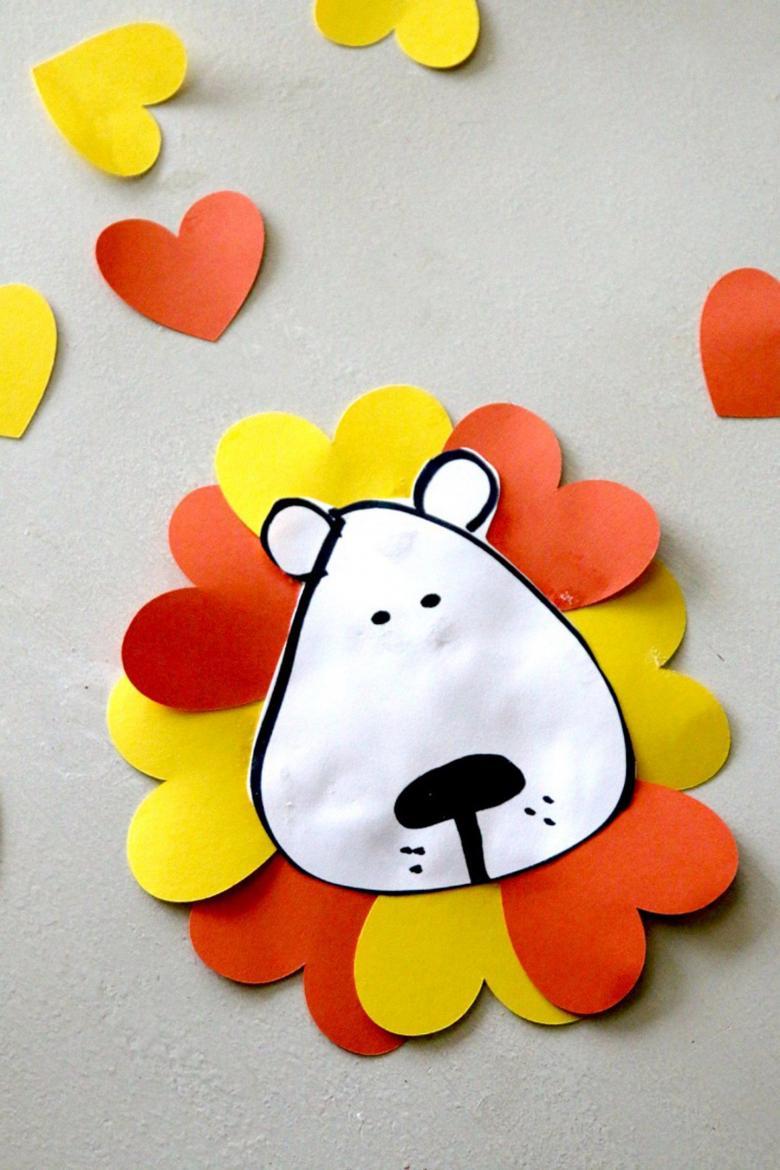
The range of technical skills also needs to be expanded, simple cutting figures out of paper is the level of second graders. Let them learn more complicated methods. You can teach the original technique of "decoupage", which consists in the fact that the created application is covered with varnish.
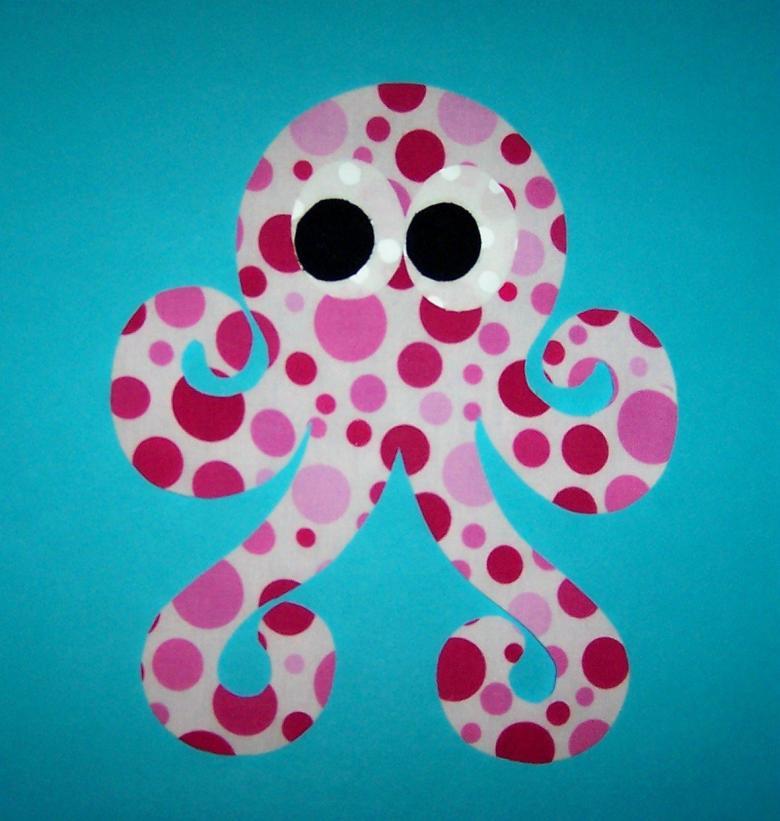
The product will acquire a special visual effect, but children will see for themselves. It is worth explaining that this method not only decorates the work, but also better preserves and makes it durable.

Definitely cause interest in the technique of folding paper in half or "accordion" with subsequent cutting out of centric or proportional shapes.
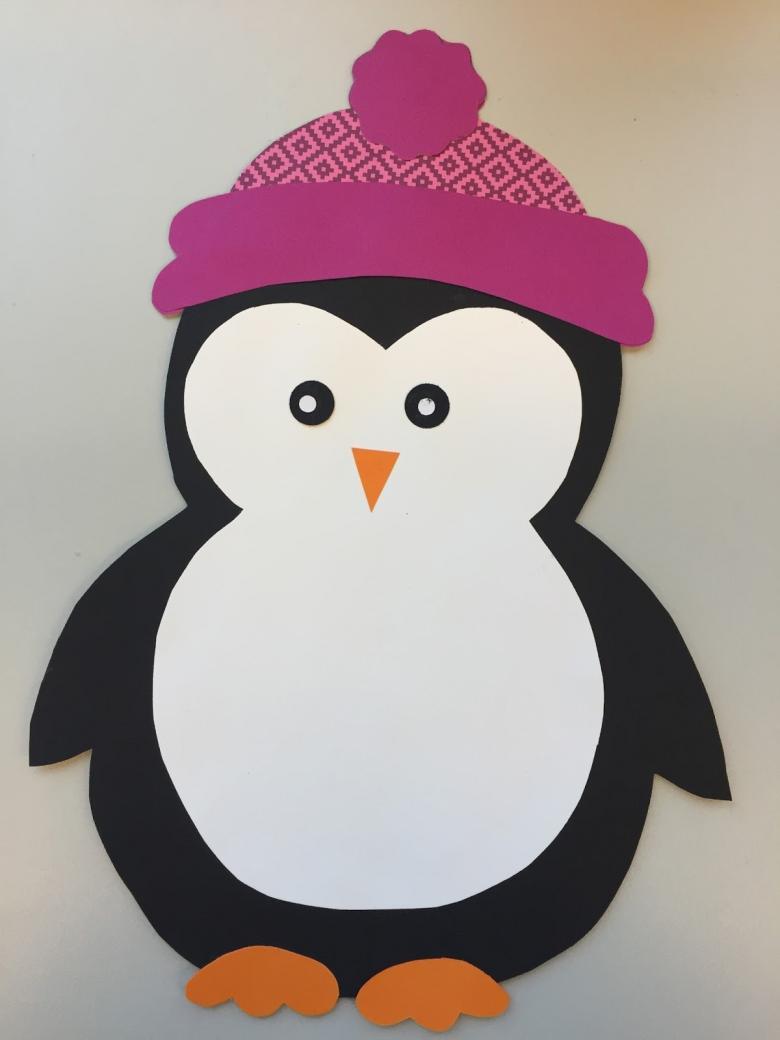
Classes in 4th grade
Students are already able to work independently with scissors, draw and glue with ease. It's time to focus children on expanding their creativity and teaching them how to create unique things using new objects and tools. When creating applications for 4th grade, the teacher teaches children to work with templates and demonstrates ways to reduce the time it takes to cut out shapes.
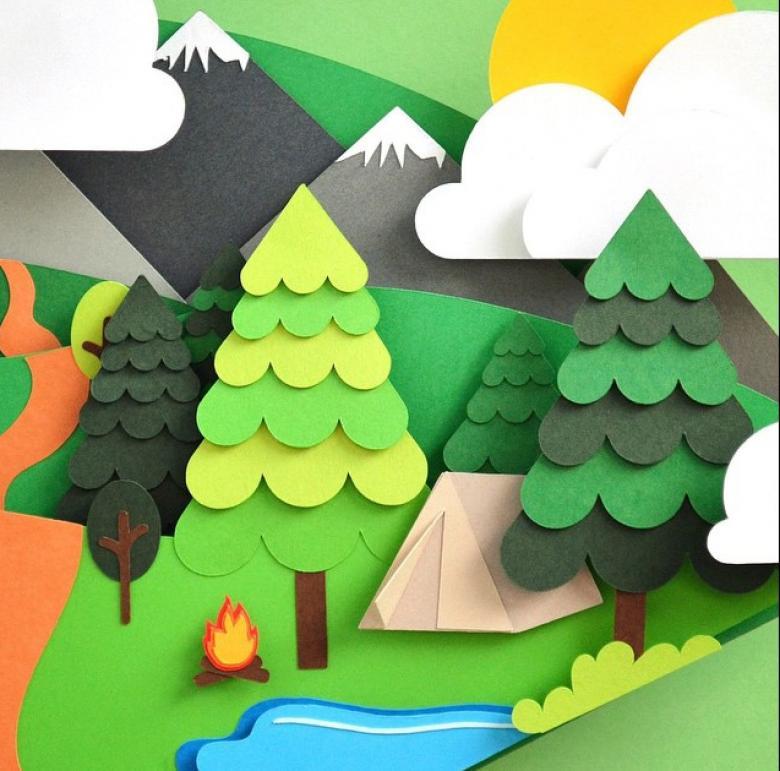
It's a good idea for parents to get involved. At home, adults can also experiment together with the kids, sharing their own experiences, discussing and exchanging ideas.
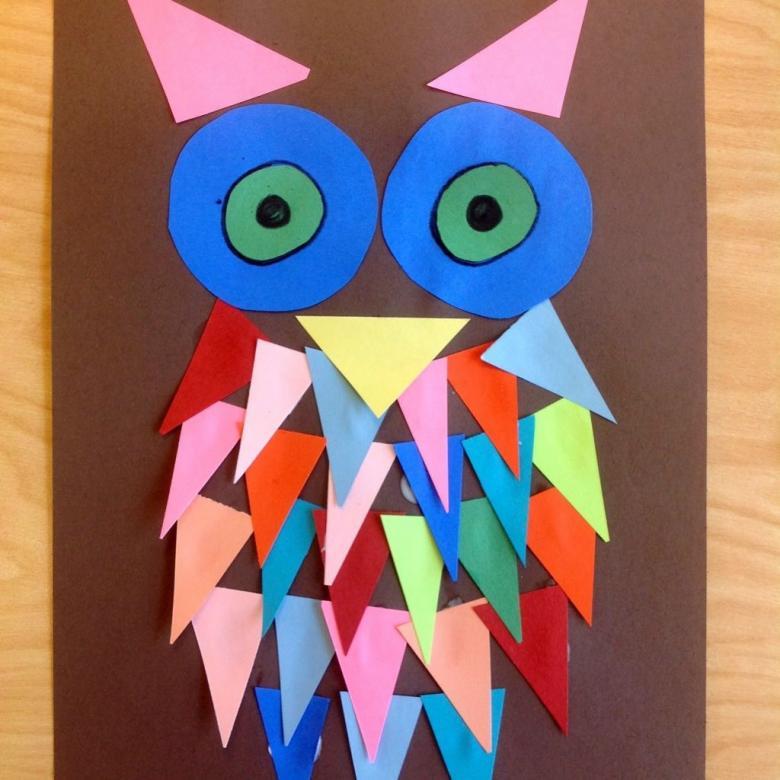
Creating images unites the older and younger generation. At the same time, adults control the development of children, complicating tasks in time. Applique for the 4th grade out of colored paper involves learning new techniques.
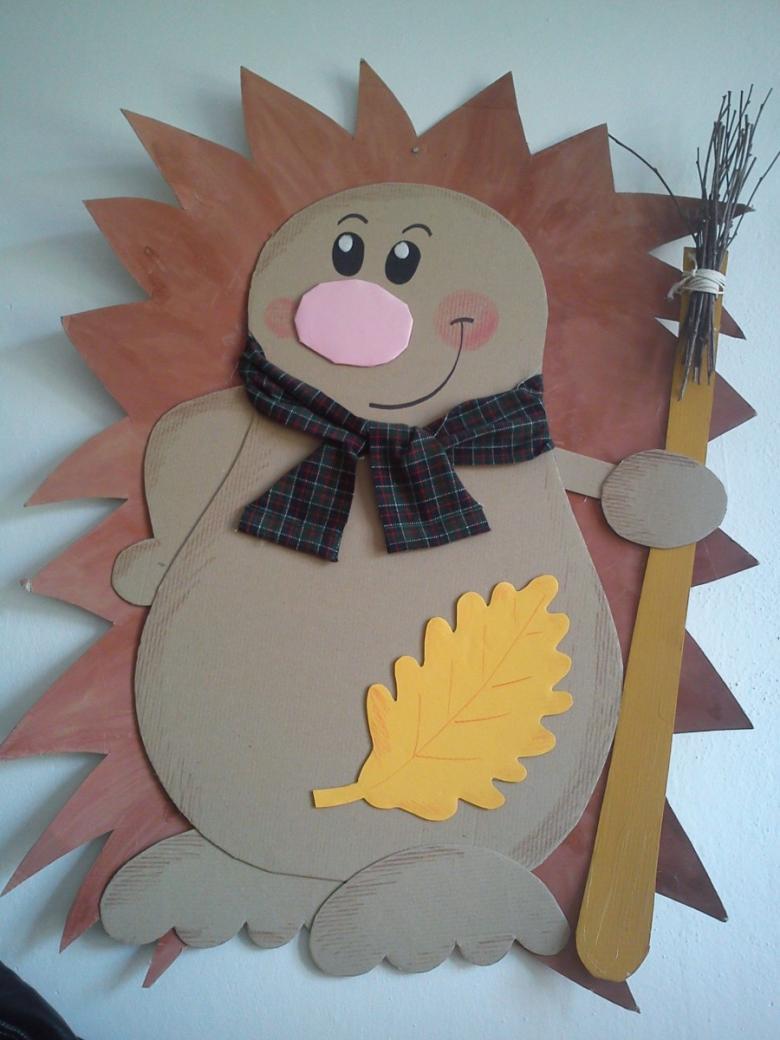
Grown-up children can draw a template on their own, choosing an object they like. Then cut out and glue as their imagination prompts them.
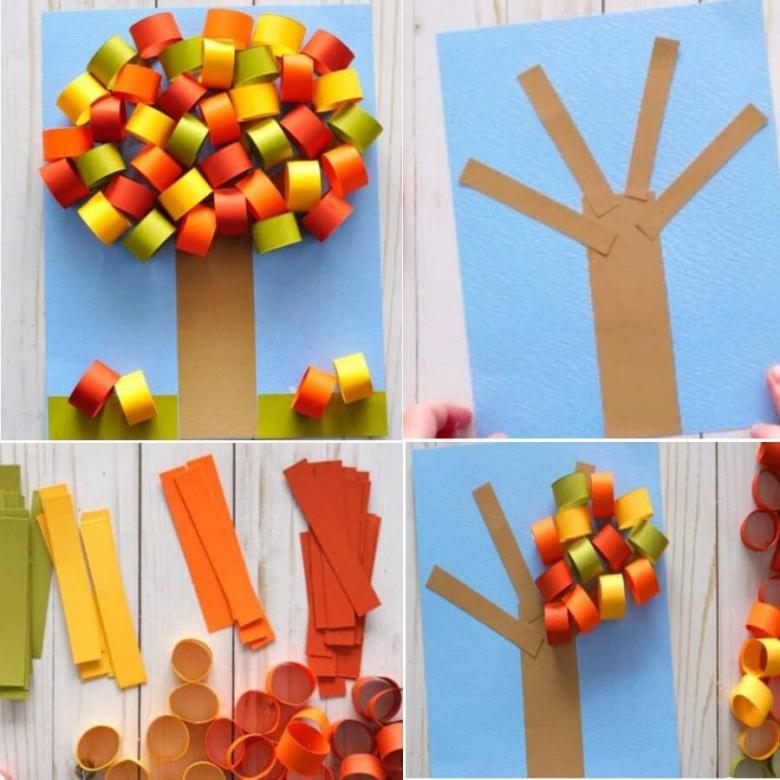
It is worth noting that joint creativity is a win-win activity. Since children love the care and attention of their parents, adults are not only involved in their upbringing, but also in their education. It would be great if such classes became frequent, and better - regular.
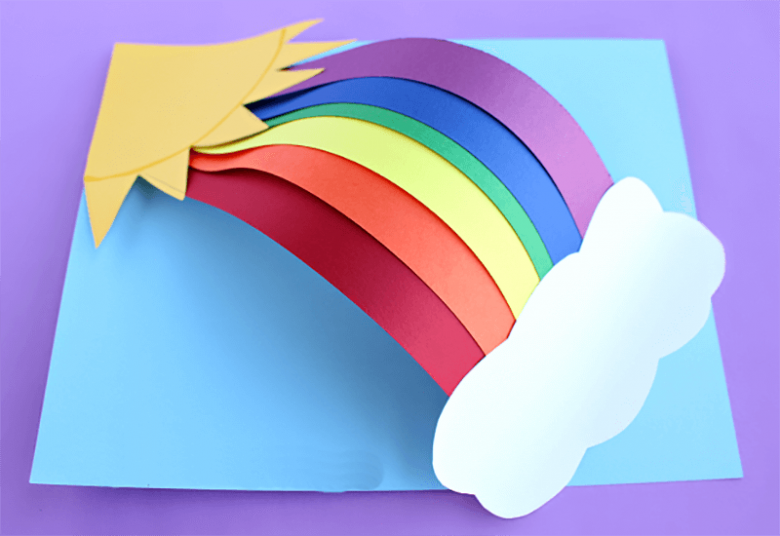
Classes with children in tandem - teachers at school, parents at home - will greatly deepen and expand knowledge and skills. This approach will allow you to improve faster.

Well-directed children's thinking involves organic development. Timely identified talent will improve and possibly help guide the choice of profession in the future.
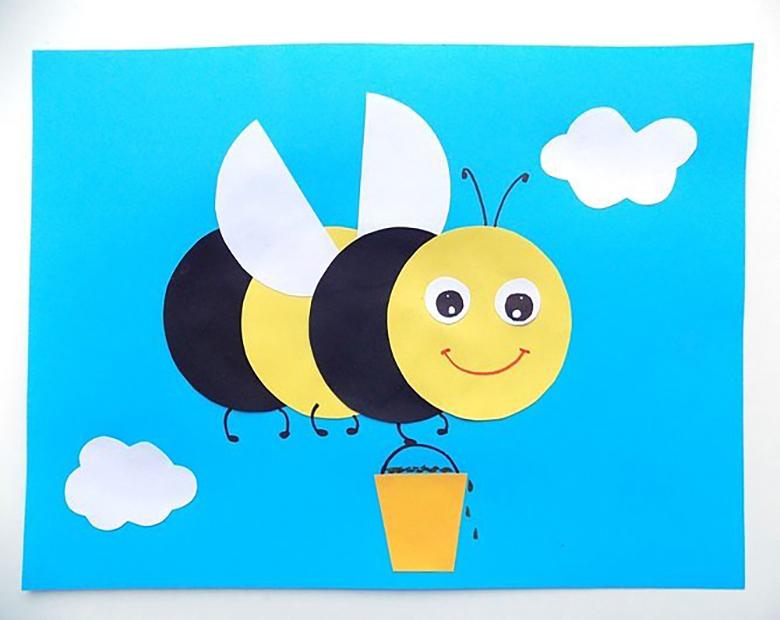
While accustoming the kids to work, do not forget that it is necessary to clean up after yourself. This disciplines.
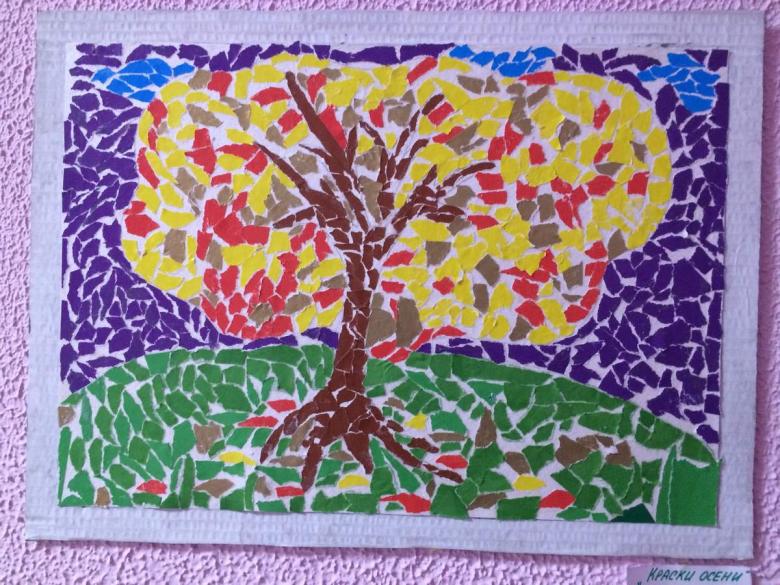
Classes with applique with kids are available and interesting. Therefore, children are happy to create their own little works of art. The article is illustrated with applique templates for elementary school. Even people who are not gifted with artistic talents can make pictures.
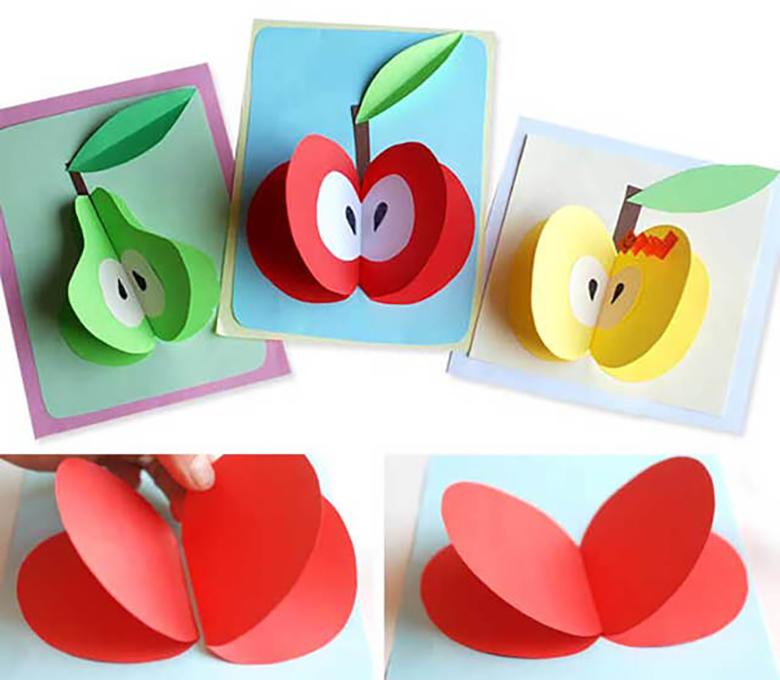
The main task of adults is to teach and help children to realize themselves. But do not forget that it must be done delicately, without excessive pressure, taking into account the interests of the child. And, who knows, perhaps the prerequisites of a bright new talent will be laid.
